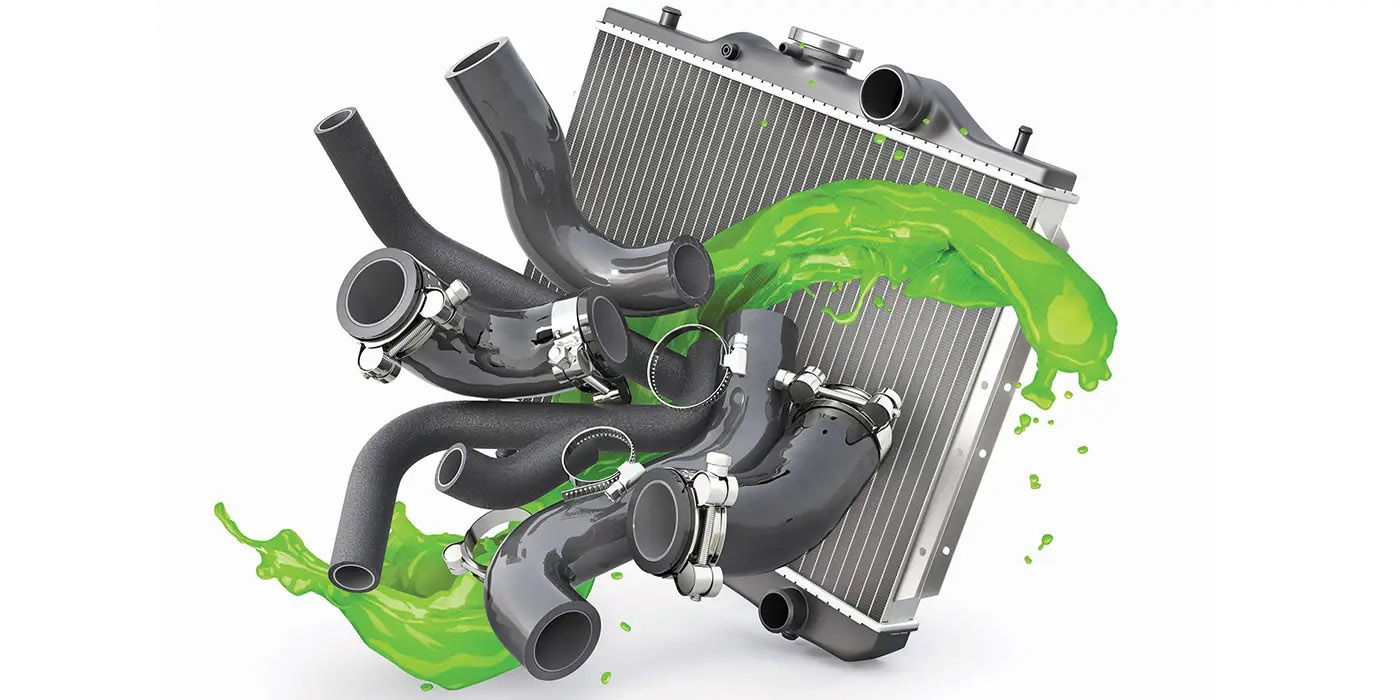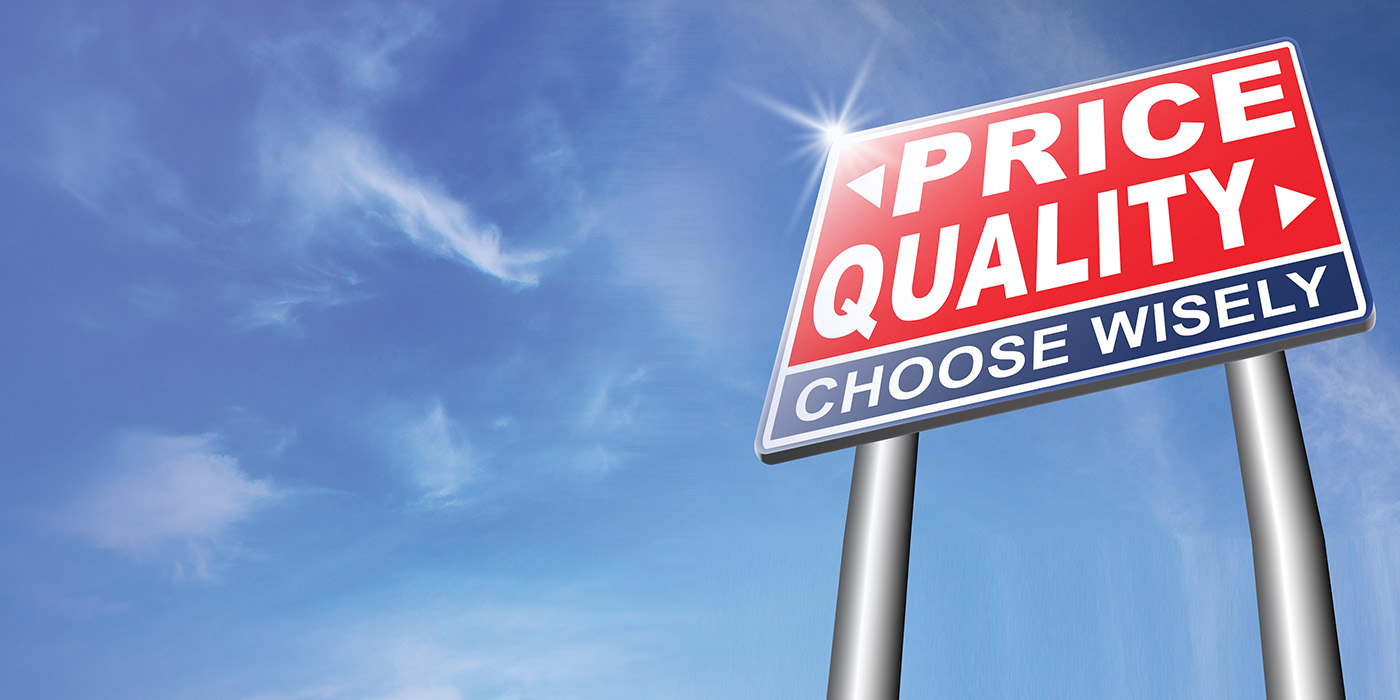Electronic fuel injection is fairly reliable most of the time and requires minimal preventive maintenance. But as the years and miles add up, things can go wrong: Fuel pumps can wear out or quit, filters can clog, fuel lines and hoses can develop leaks, fuel injectors can corrode, wear, become clogged with varnish deposits or fail, fuel pressure regulators can leak or fail, and throttle bodies can become dirty or inoperative.
Replacement parts for the fuel system are application-specific and can vary by year, make, model, engine and other options. Figuring out which fuel pump to replace on a pickup truck with dual tanks and multiple pumps can sometimes be a challenge.
There also may be some confusion regarding a pump’s suitability for a particular application, especially if the replacement pump looks different than the original. Appearance and design don’t matter as long as the pump generates the correct pressure and flow for the application. Aftermarket fuel pump suppliers have consolidated most of their product lines to reduce the number of SKUs needed to cover the market. They have also replaced many older pump designs with more modern and efficient turbine style fuel pumps – which also provide an upgrade in performance, longevity and quietness over the original equipment pump it replaces.
Most replacement in-tank electric fuel pumps come with a new inlet filter screen. Customers should be reminded how important it is to use the new inlet filter screen when the pump is replaced because the screen is the pump’s first line of defense against debris that could damage the new pump. Also recommended is a new fuel filter (which is included is a customer is replacing the entire fuel pump module assembly inside the fuel tank). Most fuel pump manufacturers will not honor a warranty claim if the old fuel filter and inlet screen were not replaced when the pump was installed.
A bad fuel pump regulator will usually prevent an engine from starting because it prevents the fuel system from developing its normal pressure. A weak or dead fuel pump can do the same thing. Accurate diagnosis of the problem is a must before parts are replaced. DIY customers often lack the know-how to figure out what’s wrong with their fuel system and will throw parts at it in an attempt to solve their problem. Many good fuel pumps are replaced unnecessarily because of electrical or wiring faults that prevent the pump from operating or running at normal speed. A leaky fuel pressure regulator also can mimic the symptoms of a bad fuel pump, resulting in a misrepair that fails to fix the problem.
Dirty fuel injectors will seldom prevent an engine from starting, but they can cause a lean fuel condition, rough idle and loss of fuel economy and performance. If the injectors fail to respond to fuel cleaning additives in the tank, they may have to be professionally cleaned off-car on an injector cleaning machine or replaced if they can’t be restored.
Individual fuel injectors also can fail internally is the solenoid that actuates the injector fails. This will cause a steady misfire in the affected cylinder, set a misfire code and turn on the Check Engine light. A scan tool will tell you which cylinder is misfiring, and an ohmmeter can be used to check the injector’s internal resistance. If the injector’s resistance is out of specifications, it needs to be replaced.
On older high mileage vehicles, fuel lines (steel and plastic) as well as rubber hoses need to be carefully inspected for any signs of leakage, damage or severe corrosion, and replaced as necessary. If a vehicle is more than 10 years old, new rubber fuel hoses (if used) are recommended if a fuel pump, pressure regulator or throttle body are being replaced.







